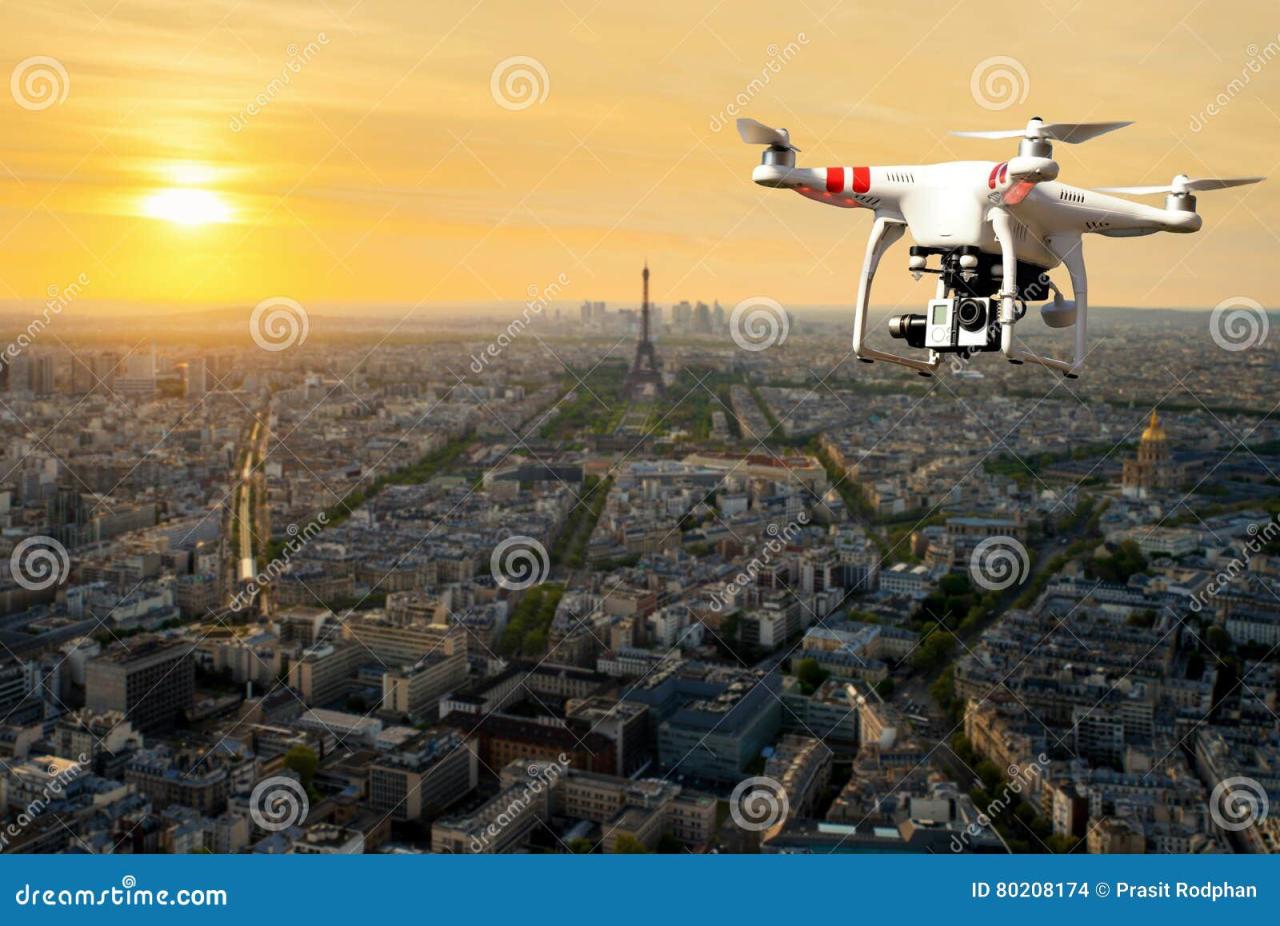Mystery Drone Paris: The recent sightings of unidentified drones over Paris have sparked intrigue and concern. These mysterious aerial vehicles, varying in size, shape, and color, have been spotted near iconic landmarks and residential areas, leading to speculation about their origins and purpose. This investigation delves into the reported sightings, exploring potential explanations ranging from military exercises to cutting-edge research projects, and examines the technological challenges of identifying these elusive drones in a bustling urban environment.
We’ll analyze public reaction, media coverage, and the potential security implications of these mysterious flights. We’ll also explore hypothetical scenarios and their consequences, offering a comprehensive look at this unfolding mystery. The investigation will utilize various data points including reported sighting times, locations, and descriptions to piece together a clearer picture of the events.
Recent Sightings and Reports of Unidentified Aerial Vehicles in Paris
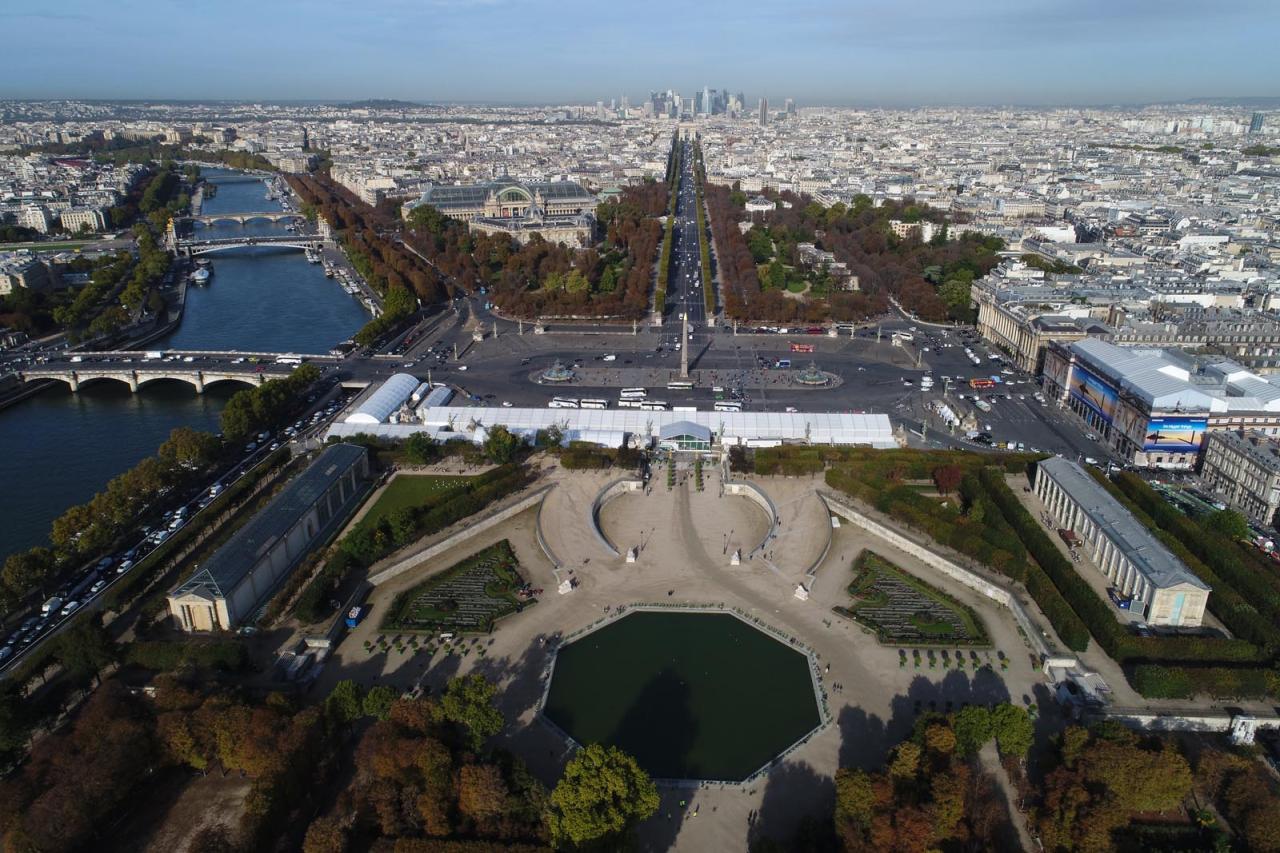
Reports of unidentified drone activity in Paris have increased recently, sparking curiosity and, in some cases, concern among residents and authorities. These sightings, while lacking definitive explanations, offer a fascinating glimpse into the evolving airspace above the City of Lights. The following details summarize the available information on these mysterious aerial vehicles.
Characteristics of Reported Drones
Descriptions of the observed drones vary, highlighting the difficulty in establishing a consistent profile. Some reports mention small, dark-colored drones, barely visible against the Parisian sky, while others describe larger, possibly more sophisticated devices with unusual flight patterns. Specific details like precise dimensions or unique markings remain elusive due to the fleeting nature of the sightings and the distance involved.
Color descriptions range from black and grey to occasionally a dull metallic sheen. Several reports mention unusual lighting patterns or intermittent flashes, but again, the lack of clear photographic evidence makes definitive conclusions challenging.
Locations of Drone Sightings
The drones have been spotted across various locations within Paris. Several sightings have been reported near iconic landmarks such as the Eiffel Tower and the Louvre Museum, leading to speculation about potential targets or the drones’ operational range. Other sightings have occurred in less central districts, suggesting a broader operational area than initially assumed. Specific residential areas near parks and along the Seine River have also featured in reported sightings.
The diversity of locations suggests a possible lack of a specific operational area or perhaps an intentional effort to remain undetected.
Chronological Table of Drone Sightings
The following table summarizes the reported sightings, providing a chronological overview of the observed activity. It’s important to note that the information relies on citizen reports and may contain inaccuracies. Official confirmation is pending in most cases.
| Date | Time | Location | Description |
|---|---|---|---|
| October 26, 2023 | 22:45 | Near the Eiffel Tower | Small, black drone observed hovering for approximately 5 minutes. No discernible markings. |
| November 5, 2023 | 01:15 | Marais District | Larger drone reported, described as having unusual, intermittent flashing lights. Flight pattern erratic. |
| November 12, 2023 | 17:30 | Near the Louvre Museum | Small, grey drone observed moving quickly across the Seine River. Difficult to track. |
| November 18, 2023 | 20:00 | Bois de Boulogne | Multiple smaller drones reported flying in formation. Low altitude, silent operation. |
Possible Explanations for the Mystery Drones
The recent sightings of unidentified drones over Paris have sparked considerable speculation. Several plausible explanations exist, ranging from routine military exercises to cutting-edge research projects, and even potentially commercial activities. Investigating these possibilities requires careful consideration of the available evidence and the current technological capabilities in drone technology.
Military Exercises
The French military regularly conducts training exercises involving unmanned aerial vehicles (UAVs). These exercises could potentially explain some of the drone sightings, particularly if the drones were operating at altitudes or in areas not immediately obvious to the public. The plausibility of this explanation depends on the specifics of the reported sightings: the drones’ size, flight patterns, and any observed markings could help to determine whether they align with known military UAVs.
For example, if the drones were exhibiting sophisticated maneuvers consistent with advanced military training, this would lend credence to the military exercise theory. Conversely, if the drones were operating in a seemingly disorganized or erratic manner, it would weaken this explanation.
Research Projects
Academic institutions and private companies often conduct research involving drones. These projects might involve testing new technologies, such as advanced autonomous navigation systems or specialized sensor payloads. The use of experimental drones could account for unusual flight patterns or unexpected appearances. The plausibility of this explanation is contingent on the existence of any known research projects in the Paris area involving drones with similar characteristics to those reported.
For instance, a university conducting research on swarm robotics could explain multiple drones moving in a coordinated pattern. However, without concrete evidence linking the sightings to a specific research project, this explanation remains speculative.
Commercial Activities
While less likely to explain the mysterious nature of the sightings, commercial drone operations could potentially be involved. Companies using drones for aerial photography, inspections, or deliveries might unintentionally cause confusion if their operations are not properly publicized or if their drones malfunction. The plausibility of this explanation depends on the reported characteristics of the drones. For example, if the drones were carrying visible payloads or exhibiting flight patterns consistent with typical commercial applications (such as mapping or delivery routes), this would lend some credence to this theory.
However, the lack of clear identification and the unusual nature of many reported sightings make this a less likely explanation for the majority of the observed events.
The Role of Technology in Identifying the Drones
Pinpointing the source of the mysterious Parisian drones requires a sophisticated technological approach. The dense urban environment presents significant challenges, demanding a multi-layered system capable of both tracking and identifying these elusive aircraft. This necessitates the integration of several technologies, each with its strengths and limitations.Identifying and tracking drones in a complex environment like Paris requires a combination of technologies.
The limitations of each technology necessitate a multi-faceted approach to ensure effective surveillance and identification.
Radar Systems for Drone Detection
Radar technology offers a long-range detection capability, even in challenging weather conditions. Air surveillance radars, specifically designed for detecting small airborne objects, could be deployed to pinpoint drone locations. These radars use radio waves to detect the presence of objects; the reflected signal reveals the object’s range, speed, and direction. However, in a dense urban environment like Paris, the high density of buildings and other structures can cause significant signal interference and clutter, making it difficult to isolate drone signals from background noise.
Additionally, distinguishing between a drone and a bird using only radar data can be problematic. Furthermore, the accuracy of smaller drone detection with traditional radar systems can be limited, particularly at longer ranges.
Thermal Imaging for Drone Identification
Thermal imaging cameras detect infrared radiation emitted by objects, creating an image based on temperature differences. Drones, like other machinery, generate heat, making them detectable against the cooler background. This technology can be particularly useful at night or in low-visibility conditions. However, the effectiveness of thermal imaging is influenced by environmental factors like ambient temperature and the presence of other heat sources.
In Paris, the numerous buildings and vehicles radiating heat could create a cluttered thermal image, making it challenging to identify drones specifically. Also, the size of the drone relative to the heat signatures of other objects impacts detection capabilities. Smaller drones might be difficult to distinguish from other heat sources.
Drone Detection Systems
Specialized drone detection systems, often incorporating multiple sensor technologies, are designed to specifically target and identify drones. These systems may combine radar, thermal imaging, acoustic sensors (to detect the drone’s engine noise), and even AI-powered image recognition software to analyze visual data from cameras. This integrated approach helps to overcome the limitations of individual technologies. However, such systems can be expensive and require significant technical expertise to operate and maintain.
The effectiveness of these systems in a city like Paris, with its complex airspace and potential for signal interference, still needs to be carefully evaluated. The high density of electronic signals in Paris could lead to false positives or missed detections.
Hypothetical Drone Tracking and Identification System for Paris
A robust system for tracking and identifying drones in Paris would likely involve a network of strategically placed sensor nodes. These nodes would combine radar, thermal imaging, and acoustic sensors, feeding data into a central processing unit. This unit would utilize sophisticated algorithms and AI-powered image recognition to filter out background noise, distinguish drones from other objects, and identify drone types based on their size, shape, and flight patterns.
Data from multiple nodes would be integrated to triangulate drone positions and track their movements in real-time. The system would also incorporate a communication system to alert relevant authorities in case of suspicious drone activity. This system, however, requires significant investment in infrastructure and specialized personnel. It would need to be regularly updated to adapt to new drone technologies and to address potential vulnerabilities.
The system would need to be robust enough to handle the complex signal environment of Paris and the potential for interference.
That whole mystery drone thing in Paris is pretty weird, right? It makes you think about the risks involved with drone technology. For example, check out this article about the orlando drone show accident ; it highlights how important safety protocols are. Maybe the Paris drones were just a glitch, but incidents like Orlando show how easily things can go wrong.
Public Reaction and Media Coverage of the Events: Mystery Drone Paris
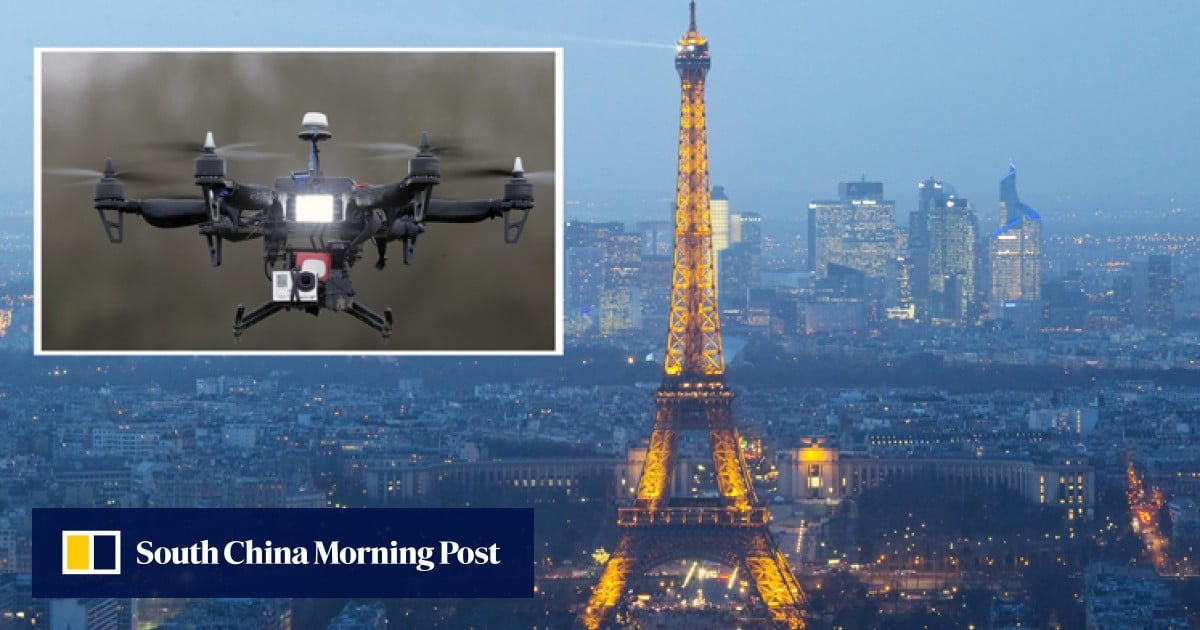
The mystery drone sightings over Paris sparked a whirlwind of public reaction and intense media coverage, transforming the events into a captivating blend of fear, fascination, and speculation. The initial uncertainty surrounding the drones’ origin and purpose fueled a range of responses, from playful conjecture on social media to serious concerns about national security. The media played a crucial role in shaping public perception, amplifying both the excitement and the anxiety surrounding the unexplained aerial activity.The public’s reaction was largely dictated by the evolving narrative presented by the media.
Early reports, often filled with dramatic visuals and speculative language, generated a significant amount of online discussion and fueled widespread alarm. Social media platforms became a focal point for sharing sightings, theories, and reactions, with hashtags like #ParisDrones and #MystèreParisien trending for days. Many users posted videos and images, adding to the growing sense of mystery and unease.
Conversely, some responses were more humorous, with memes and jokes circulating alongside more serious concerns. News articles ranged from sensationalized accounts emphasizing the unknown to more measured reports focusing on official investigations and expert opinions. The contrast between these approaches contributed to the multifaceted public perception of the events.
Public Reactions on Social Media
Social media platforms were inundated with posts relating to the drone sightings. Many users shared videos and images of the drones, often accompanied by expressions of bewilderment, fear, or excitement. Some users speculated about the drones’ origins, suggesting everything from advanced military technology to elaborate pranks. Others expressed concern about the potential security implications, particularly given the drones’ proximity to iconic landmarks.
The diversity of reactions reflected the uncertainty surrounding the events and the wide range of interpretations possible. For example, one popular tweet showed a blurry image of a drone silhouetted against the Eiffel Tower, captioned, “Is this an alien invasion? #ParisDrones #UFO”. Another post showed a compilation of several user-submitted videos, demonstrating the scale of the sightings. The sheer volume of posts underscored the significant public interest and engagement.
Media Coverage and its Impact
Media coverage of the Paris drone sightings was extensive and varied in tone. Initially, many news outlets adopted a sensationalist approach, emphasizing the mystery and the potential threat. Headlines such as “Unidentified Drones Swarm Paris” and “Mystery Drones Terrorize City of Lights” were common. This type of reporting contributed to a heightened sense of anxiety and uncertainty among the public.
However, as investigations progressed and more information emerged, the tone of the media coverage gradually shifted. More analytical pieces began to appear, examining potential explanations for the sightings and highlighting the ongoing investigations. The shift in media tone helped to alleviate some of the initial panic, replacing sensationalism with a more nuanced understanding of the events.
Timeline of Media Coverage
- Day 1: Initial reports of drone sightings emerge on social media, followed by local news coverage emphasizing the mystery and potential threat. Sensationalist headlines dominate.
- Day 2-3: National and international news outlets pick up the story, amplifying the initial reports and fueling public speculation. Experts are interviewed, offering a range of possible explanations.
- Day 4-5: Official investigations begin, and authorities release statements attempting to calm public fears. Media coverage begins to shift towards a more analytical approach, incorporating expert opinions and investigation updates.
- Day 6-7: More concrete information emerges regarding potential explanations, leading to a decrease in sensationalist reporting. Focus shifts towards analyzing the technology involved and the implications for future drone regulation.
Potential Security and Safety Implications
The appearance of unidentified drones over Paris presents significant security and safety concerns, demanding immediate attention and proactive mitigation strategies. The potential for malicious use, accidental damage, or even terrorist acts necessitates a comprehensive understanding of the risks involved and the development of robust countermeasures.The unauthorized operation of drones over a densely populated city like Paris poses numerous threats.
These range from relatively minor inconveniences, such as disruption to air traffic, to potentially catastrophic events. For example, a drone collision with a major landmark like the Eiffel Tower could cause significant structural damage and risk injury or death to those nearby. Similarly, a drone carrying explosives or other harmful materials could cause widespread devastation. Furthermore, the potential for drones to be used for surveillance or reconnaissance activities poses a significant threat to national security and public safety.
The lack of identification makes it extremely difficult to determine the drone’s purpose or origin, further escalating the risks.
Drone Detection and Mitigation Measures
Several measures can be implemented to mitigate the risks associated with unidentified drones. The most effective approach involves a multi-layered system combining technological solutions with regulatory frameworks. Drone detection systems, employing radar, radio frequency (RF) detection, and optical sensors, can identify and track unauthorized drone activity. These systems can be deployed at critical infrastructure locations, such as airports and government buildings, to provide early warning and enable rapid response.
Furthermore, airspace restrictions around sensitive areas can be implemented to limit drone access. This could involve the creation of no-fly zones enforced by law enforcement and supported by technological detection and identification systems. The implementation of geofencing technology, which restricts drone flight within predetermined geographical boundaries, is another crucial element of a comprehensive strategy. Finally, robust communication systems are essential to coordinate responses between various agencies, ensuring effective communication and collaborative action during drone incidents.
Legal and Regulatory Frameworks Governing Drone Operations, Mystery drone paris
France, like many other countries, has established legal and regulatory frameworks governing drone operations. These regulations typically address issues such as drone registration, pilot certification, operational limits, and airspace restrictions. However, the current regulations may not adequately address the unique challenges posed by unidentified drones. The existing laws often focus on registered and identifiable drones, leaving a gap in addressing the security risks associated with unregistered and potentially malicious drone activity.
Strengthening existing regulations to include stricter penalties for unauthorized drone operation in sensitive areas and improving mechanisms for identifying and tracking unregistered drones are crucial steps. Furthermore, international collaboration is essential to address the challenges of cross-border drone activity. International agreements and information-sharing mechanisms are needed to track and address the use of drones for illicit purposes across national boundaries.
The Paris drone incidents highlight the need for a continuous review and adaptation of existing laws and regulations to ensure their effectiveness in addressing evolving threats.
Hypothetical Scenarios and Their Consequences
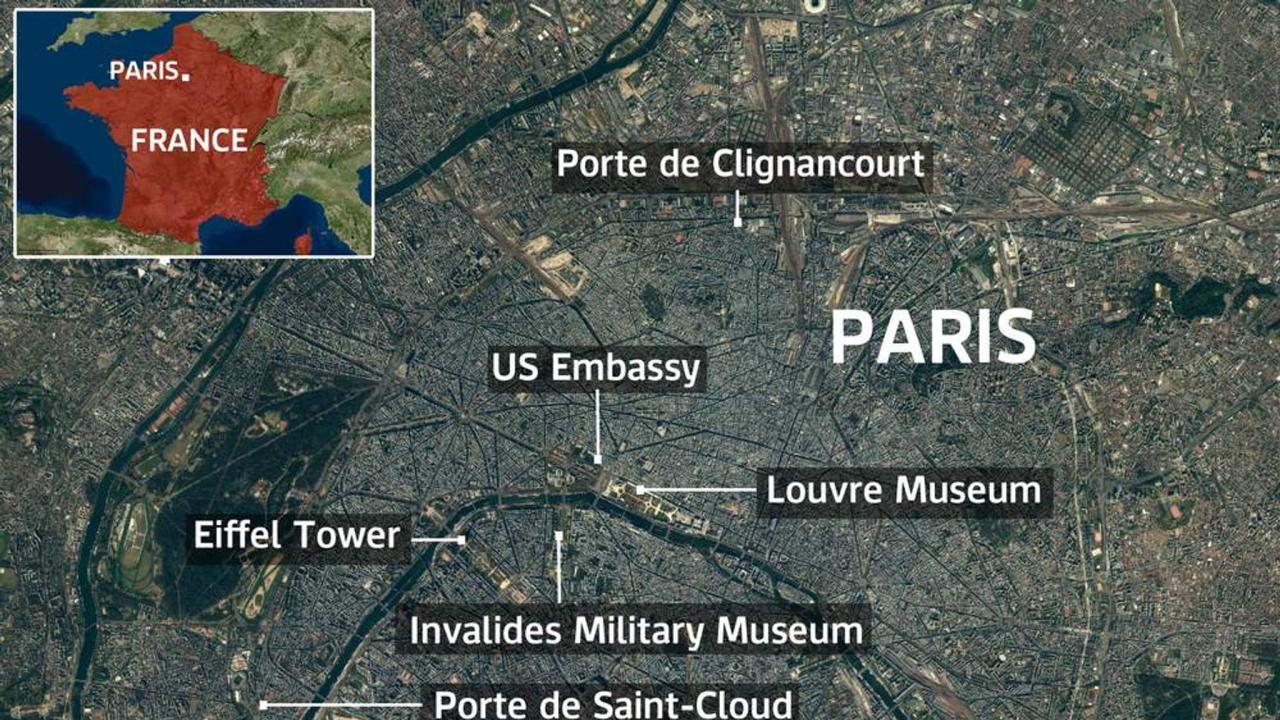
Let’s explore some potential scenarios involving the Paris mystery drones and consider their possible consequences. Understanding these hypothetical situations can help us prepare for similar events in the future and develop better response strategies. We will examine the potential actions that could be taken and their likely outcomes, along with a probability assessment for each scenario.
Hypothetical Scenarios Table
The following table Artikels three hypothetical scenarios, detailing potential actions and their outcomes, along with a subjective probability assessment. Remember, these probabilities are estimations based on current understanding and could change with new information.
That whole mystery drone thing in Paris got everyone buzzing, right? It makes you wonder about the future of package delivery, especially with companies like Amazon expanding their drone delivery program. Check out this list of current amazon drone delivery locations to see how far they’ve come. Maybe those Parisian drones are just a sneak peek at what’s to come!
| Scenario | Actions | Outcomes | Probability |
|---|---|---|---|
| Scenario 1: Drones used for coordinated surveillance. The drones are equipped with high-resolution cameras and other advanced sensors, systematically mapping critical infrastructure and gathering intelligence. | Immediate investigation to identify drone operators and their motives. Deployment of counter-drone technology to neutralize the threat. Increased security measures around targeted locations. International collaboration to share information and coordinate responses. | Successful identification of operators leading to legal action. Disruption of surveillance operations. Enhanced security preventing future surveillance attempts. Potential for international cooperation to address similar threats. | Medium (50%)
|
| Scenario 2: Drones involved in a coordinated attack. The drones are weaponized, carrying explosives or other harmful payloads, and used to target specific locations or individuals. | Immediate emergency response to protect civilians and secure the affected area. Investigation to determine the origin and motives of the attack. Deployment of counter-drone technology and enhanced air defense systems. International collaboration to prevent future attacks. | Potential loss of life and significant property damage. Successful apprehension of perpetrators leading to prosecution. Increased security measures and improved counter-drone capabilities. Potential for increased international tensions and heightened security alerts. | Low (20%)While technologically feasible, this scenario requires a high level of coordination and planning, making it less likely than other possibilities. However, the consequences would be severe. |
| Scenario 3: Drones are part of a large-scale hoax or prank. The drones are being flown for publicity, to create fear, or as part of a elaborate demonstration of technological capabilities. | Investigation to identify the operators and their motives. Public awareness campaigns to reduce panic and promote responsible drone use. Enforcement of existing drone regulations. Potential fines or other legal action against the operators. | Successful identification and apprehension of the perpetrators. Reduced public anxiety. Increased awareness of drone regulations. Minimal lasting impact beyond the initial disruption. | High (70%)
|
Visual Representation of Drone Flight Paths (Illustrative)
This section presents a hypothetical flight path for a mystery drone over several iconic Parisian landmarks. This is a purely illustrative example, based on plausible drone capabilities and typical flight patterns, and does not reflect any actual event. The purpose is to visualize how such a drone might move through the city’s airspace.The following scenario depicts a drone’s movement, incorporating realistic considerations of flight speed, altitude restrictions, and landmark proximity.
The time and altitude data are estimates, and the drone’s appearance is a plausible interpretation based on typical drone design.
Drone Flight Path and Landmark Encounters
At 23:00 hours, the drone, appearing as a small, dark, almost indiscernible object against the night sky, begins its flight near the Eiffel Tower. It maintains an altitude of approximately 150 meters, flying at a relatively slow speed of 15 km/h to avoid detection. The drone’s trajectory initially follows the Seine River, heading east. The Eiffel Tower, brilliantly lit, forms a stark contrast to the drone’s dark silhouette.
The slight haze typical of a Parisian night adds a slightly diffused quality to the city lights.At 23:15 hours, the drone passes over the Île de la Cité, home to Notre Dame Cathedral. The drone maintains its altitude, passing over the west side of the island, where the cathedral’s illuminated spires are clearly visible. The drone appears as a tiny speck, its movement almost imperceptible against the vast backdrop of the historic architecture.
So, you’ve heard about the mysterious drones buzzing around Paris? It’s a real head-scratcher, right? Check out this article for more info on the whole mystery drone Paris situation; it dives into the potential explanations and ongoing investigations. Ultimately, the mystery drone Paris events highlight the evolving challenges of airspace security in major cities.
The lighting conditions are still low-light, but the cathedral’s illumination allows for a slightly clearer visual of the drone against the lighter-colored stone.By 23:30 hours, the drone reaches the Louvre Museum. It now ascends to 200 meters to gain a better vantage point, its silhouette becoming less visible as the darker drone blends with the night sky. The Louvre’s glass pyramid glistens under the city lights, providing a striking contrast to the drone’s dark form.
The air is relatively still, with minimal atmospheric distortion.At 23:45 hours, the drone completes its flight path, descending to a lower altitude and moving out of sight beyond the Tuileries Garden. The drone, again appearing as a small, dark object, disappears into the night, leaving only the illuminated landmarks of Paris as a testament to its presence. The overall lighting conditions remain consistent throughout the flight path, characterized by the low-light conditions of a Parisian night with strategically illuminated landmarks.
Final Conclusion
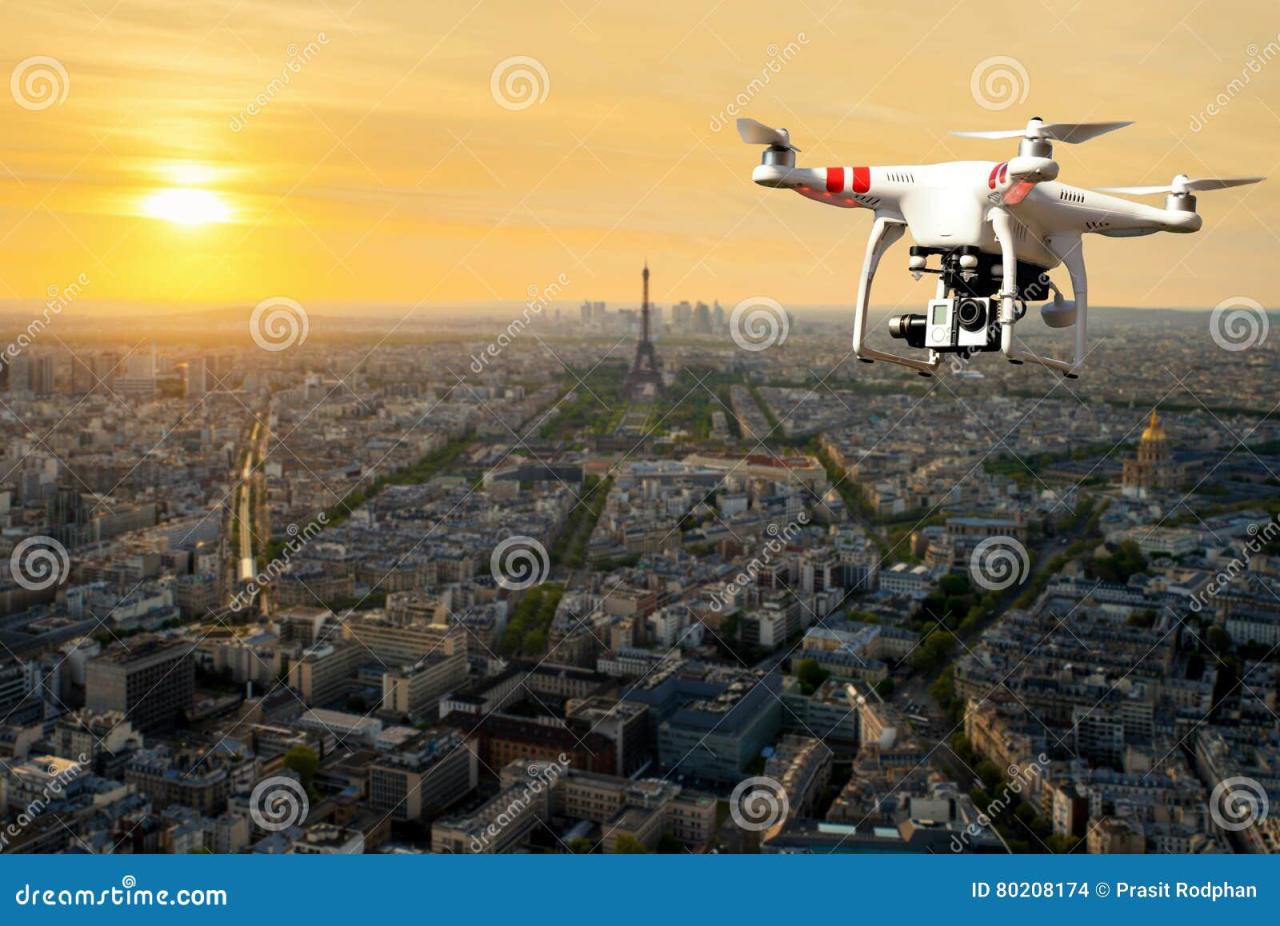
The mystery surrounding the unidentified drones over Paris remains, despite our efforts to shed light on the situation. While several plausible explanations exist, the lack of definitive proof leaves room for continued speculation. The incident highlights the need for improved drone detection and identification technologies, as well as stronger regulatory frameworks to ensure public safety and security in our increasingly drone-filled skies.
Further investigation and data analysis are crucial to fully understanding this event and preventing similar occurrences in the future.
FAQ Summary
What types of drones were reported?
Reports vary, describing drones of different sizes, shapes, and colors. Some reports mention unique features, but no consistent description exists.
Have authorities commented on the sightings?
Official statements have been limited, with authorities often citing ongoing investigations and a need for further information before releasing conclusions.
What are the legal implications of flying unauthorized drones in Paris?
Flying drones without proper authorization in Paris is illegal and can result in significant fines and legal repercussions.
Could these drones be connected to any specific group or organization?
Speculation exists, but without concrete evidence, any connection remains purely hypothetical.
